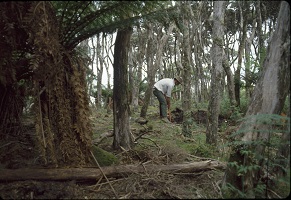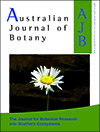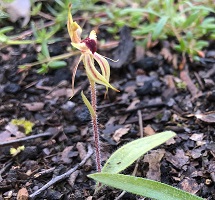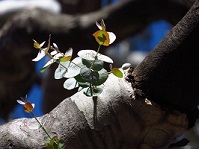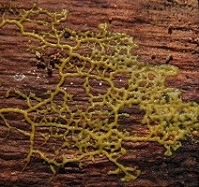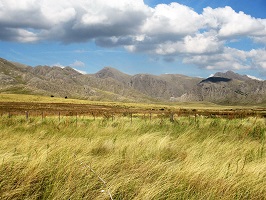Australian Journal of Botany
Volume 69
Number 1 2021
Pollen diagrams from Flinders Island indicate that the higher peaks of the Strzelecki Range have been a refuge for mesic vegetation and there has been little change in the vegetation in the last 1500 years. In contrast ~30 000 years ago the vegetation of what was then the Bassian Isthmus supported a more heath-like vegetation with less tree coverage than in the Holocene.
Effects of climate and orchid mycorrhizal fungi abundance influence re-introduction and translocation efforts of Caladenia amoena, an endangered terrestrial orchid are not well understood. Long-term analysis showed wild population decline is slower than re-introduced and translocated populations. Emergence and flowering declined as mean maximum temperatures rose, whereas flowering increased with rainfall. Reduced above-ground growing period length and OMF abundance in soil was probably the over-riding influence of population decline.
In 2018, wildfire burnt 70% of the Mount Canobolas State Conservation Area and the majority of the population of the Endangered endemic tree Eucalyptus canobolensis. The species is regenerating from resprouts and seedlings; however, severe fire has limited smaller trees to resprouting from their bases only – indicating that short-interval, severe fire has the potential to suppress entire generations of E. canobolensis. Wildfires are predicted to become larger, more severe and more frequent with climate change, and this this is of particular concern for range-restricted threatened species.
The pattern of occurrence of individual myxomycetes (plasmodial slime moulds) species, and their species associations, often appears difficult to understand. This paper investigates the geographic extent of species associations, and the controls on species distribution by the substrate’s acidity and hardness. The controls on the species occurrence appear to be relatively simple: the pattern of occurrence can largely be explained by the species having different ecological niches differing in both acidity and physical properties.
Serrated tussock is a weed that causes significant economic and environmental damage to ecosystems globally. We evaluated seed density in the soil, and found that spatial variation of seed density was independent of the above-ground cover or abundance of serrated tussock but that it varied with season. The maintenance of desirable species that compete with the weed seems to be essential to prevent the establishment of serrated tussock in both its natural and invasive ranges.
